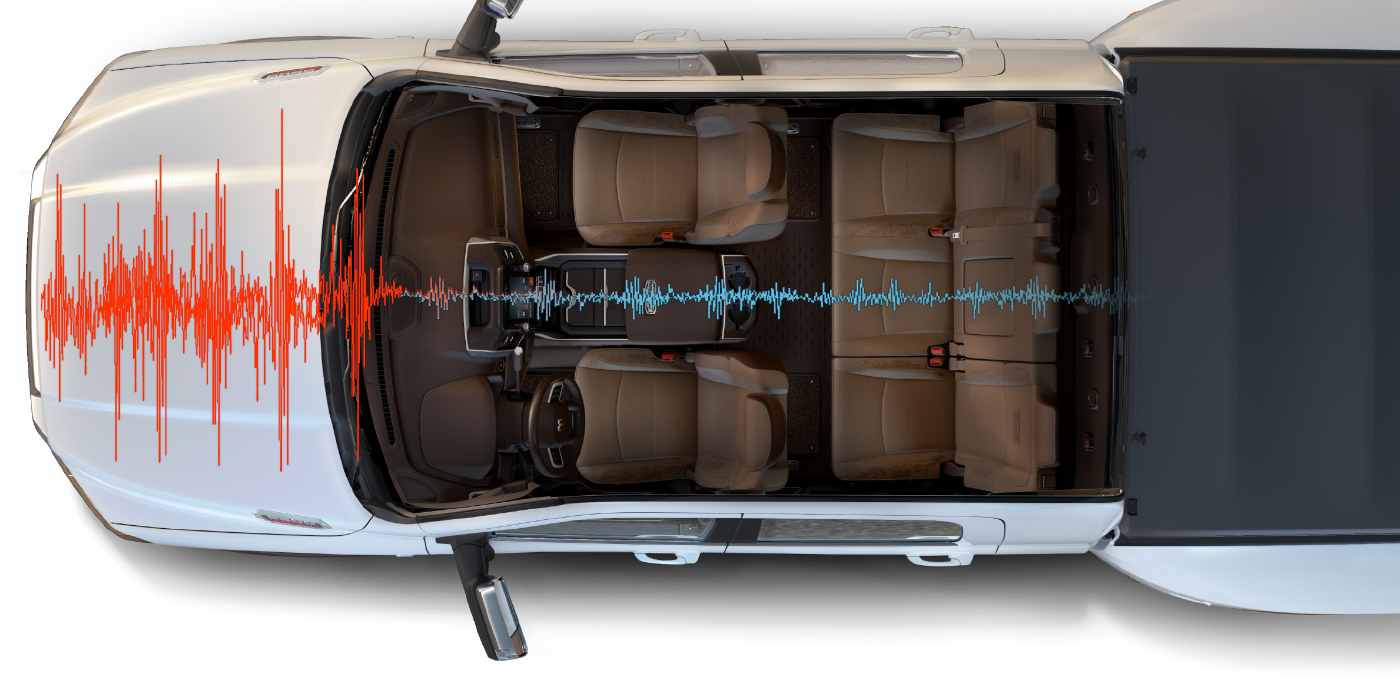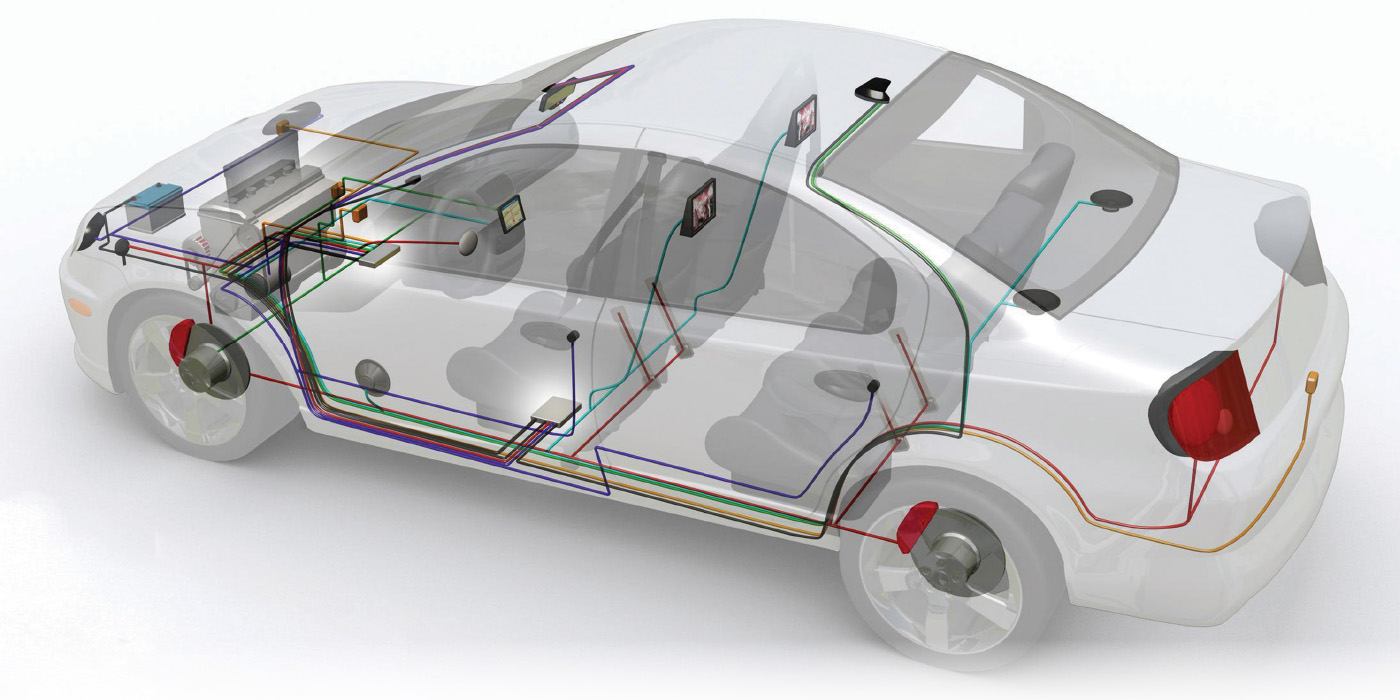If an Audi customer complains that the engine has reduced performance without a significant loss of power or stalling, verify if Campaign 28F2/J1 has been performed (model years 2002-’07 only). Also determine if the vehicle is experiencing rough idle, the MIL is flashing or constantly illuminated, or one or more of the following DTCs are stored:
– DTC P0300 (Random/Multiple Cylinder Misfire Detected)
– DTC P0301-P0312 (Cyl. 1-12 Misfire Detected).
Technical Background:
Generation II coils listed in Campaign 28F2/J1 generally are not the root cause of engine misfire conditions. Replaced ignition coils have commonly been related to conditions such as:
– Incorrect installation of ignition coils;
– Loose or damaged electrical connections;
– Circuit grounds;
– Poor fuel quality; and/or
– A number of other reasons not directly related to ignition coil operation.
Proper Guided Fault Finding (GFF) misfire diagnosis must be followed before replacing any ignition coils.
Service:
Due to multiple causes for engine misfire, ensure all campaigns and applicable TSBs have been performed.
Repeat repairs must be carefully addressed to identify the root cause of the concern. Utilize proper diagnostic steps to ensure that the vehicle is repaired properly and that the concern has been identified, repaired and verified.
Obtain information from the customer:
To repair the vehicle correctly, obtain as much information as possible from the customer about the symptoms of the condition and when it occurred.
– In what situation (turning, etc.) does the condition occur?
– Under what environmental conditions (road conditions, weather, temperature, start conditions, etc.) does the condition occur?
– What is the operating situation of the vehicle (activated electrical equipment, gear selection, etc.) when the condition occurs?
– Can the complaint be reproduced?
Procedure:
1. Read out the data memory of all engine control modules, and note the environmental conditions on the DTC log.
a. If there are other entries in addition to combustion misfires, address the other entries before addressing the cylinder misfires.
b. If DTC P0301-P0312 (Cyl. 1-12 Misfire Detected) is accompanied by P1250 (fuel level too low), it’s likely the faults occurred due to a low fuel level and not a malfunction of the coils.
c. Review all applicable TSBs related to cylinder misfires and ECM software improvements before diagnosing the misfire condition. For example, if the data shows that a DTC was set during cold start, search ElsaWeb for TSBs related to cold start misfires.
2. Try to duplicate the customer complaint based on the environmental conditions at the time the DTC was set. The freeze-frame data gives important indicators for the traceability of the complaint, in particular if it occurs sporadically or at cold start.
3. Review the vehicle repair history for previous misfire or maintenance service that could be related to the current complaint.
4. Observe the requirements of Guided Fault Finding. Perform Guided Fault Finding in full, according to the proposed sequence (test plan). Do not skip any steps.
5. Complete Guided Fault Finding correctly and set the readiness code.
Tip: This is important to ensure that no subsequent faults occur due to the misfire.
6. In the case of single cylinder misfires:
a. Before replacing components, determine whether the misfire migrates to the other cylinders after exchanging the coils. If necessary, perform a test drive to ascertain this.
b. If the misfire migrates to the cylinder the coil was moved to:
– Read the DTC memory, print and attach both diagnostic logs (before and after) to the repair order.
– Return both coils to their original cylinders, and only replace the defective coil.
7. Verify the repair under the same environmental conditions (e.g.: engine speed, engine load value, vehicle speed, coolant temperature, intake air temperature, ambient air pressure, voltage at terminal 30, etc.) as noted on the DTC log.
Courtesy of ALLDATA.






